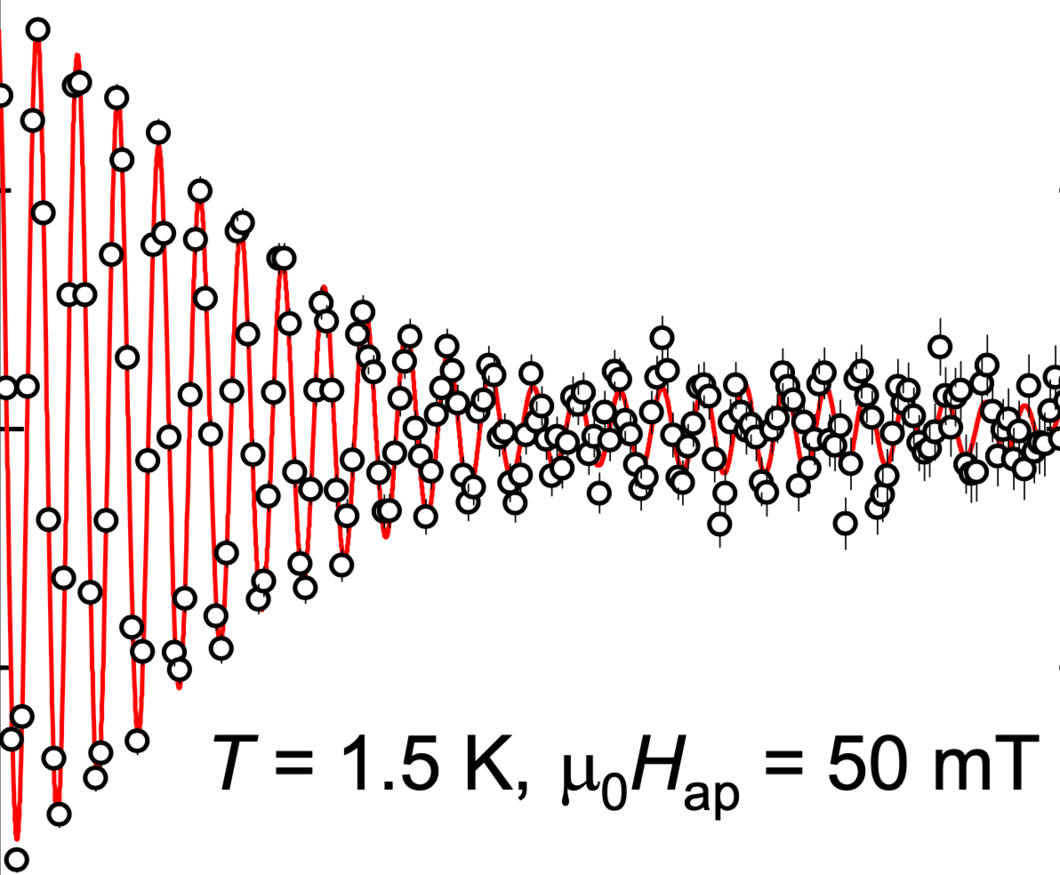Tuning of the flat band and its impact on superconductivity in Mo5Si3−xPx
The superconductivity in systems containing dispersionless (flat) bands is seemingly paradoxical, as traditional Bardeen-Cooper-Schrieffer theory requires an infinite enhancement of the carrier masses. However, the combination of flat and steep (dispersive) bands within the multiple band scenario might boost superconducting responses, potentially explaining high-temperature superconductivity in cuprates and metal hydrides.
Here, we report on the magnetic penetration depths, the upper critical field, and the specific heat measurements, together with thefirst-principles calculations forthe Mo5Si3−xPx superconducting family. The band structure features a flat band that gradually approaches the Fermi level as a function of phosphorus doping x, reaching the Fermi level at x≃1.3. This leads to an abrupt change in nearly all superconducting quantities. The superfluid density data placed on the ’Uemura plot‘ results in two separated branches, thus indicating that the emergence of a flat band enhances correlations between conducting electrons.
